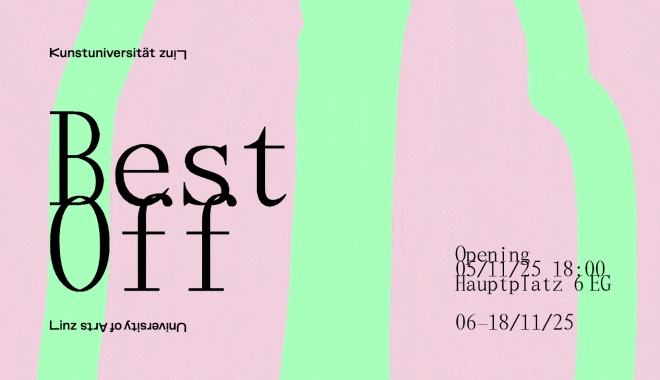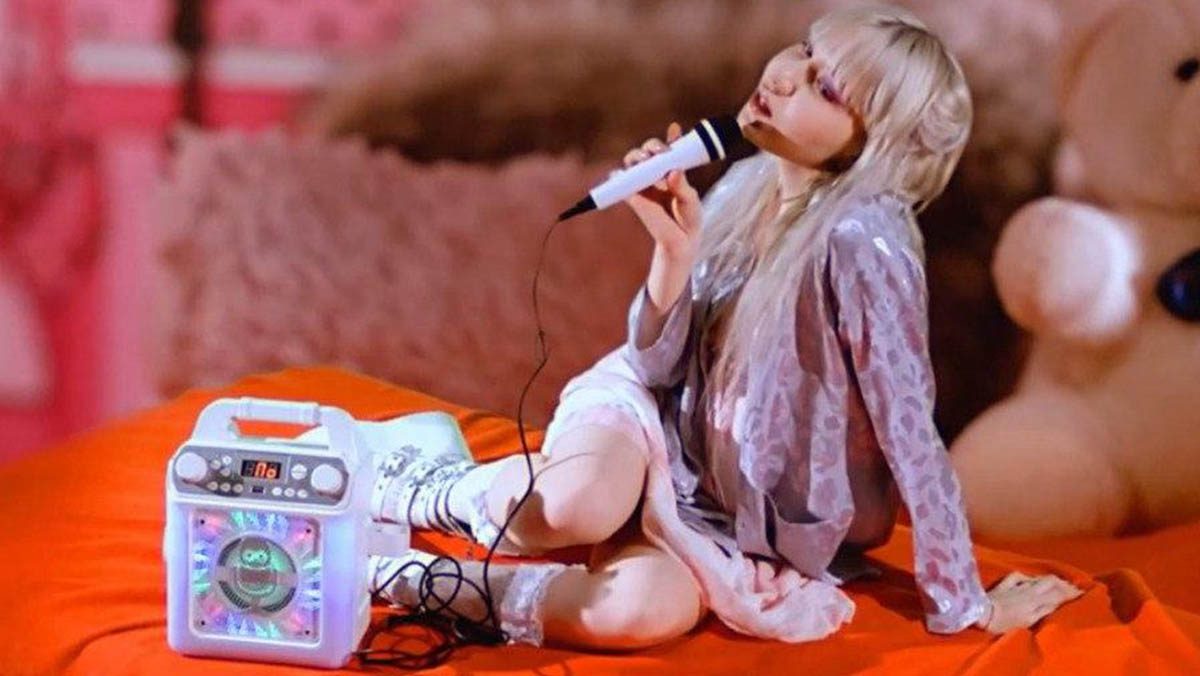She is ready to go, enters her inner world in miniature and lets herself be mirrored and received by her numerous things. Flashy, fluffy, to fall in love and / or get lost? Collecting and finding oneself anew. She shares intimate thoughts from her diary and takes us through her world. Finally arriving on stage, the perfect place to let everything out. With her track XEA she takes us into a dazzling future.
XEA: The EP XEA is at the top of a personal story of emancipation and an encouraging liberating strike in times of #metoo and increasingly blurred role concepts. ANTHEA‘s compositions reflect personal experiences and unite supposed opposites to deal with the challenges and expectations that are imposed on every young woman today. Using instruments and techniques unusual for pop, XEA entices listeners into dreamscapes that – too good to be true – are at the same time peculiar, eerie and intriguingly appealing. XEA employs sonic imagery and striking expressivity to unite alleged contraries such as weak/strong or sad/cheerful in order to explore the potentials of female identity. Complex themes such as emotional trauma and failed relationships become accessible to any listener thanks to the visual language, opening up a multi-sensory auditory experience that creates space for identification and reflection.
ANTHEA: Artpop elements, brutally honest lyrics and combined contrasts form the unique hyperpop sound of Vienna-based artist ANTHEA. With this she represents a sound of the future: leaving genre boundaries and pop clichés behind, she is inspired by noise and hardcore as well as screamo. Austrian radio station FM4 even titles her as the „new Grimes“. ANTHEA‘s songs address feminist approaches and inner conflicts, often inspired by her own experiences. Her music production is infused with metaphorical language and her unique visual sensibility to create soundscapes reminiscent of the fantastical artworks of her past as a visual artist.




